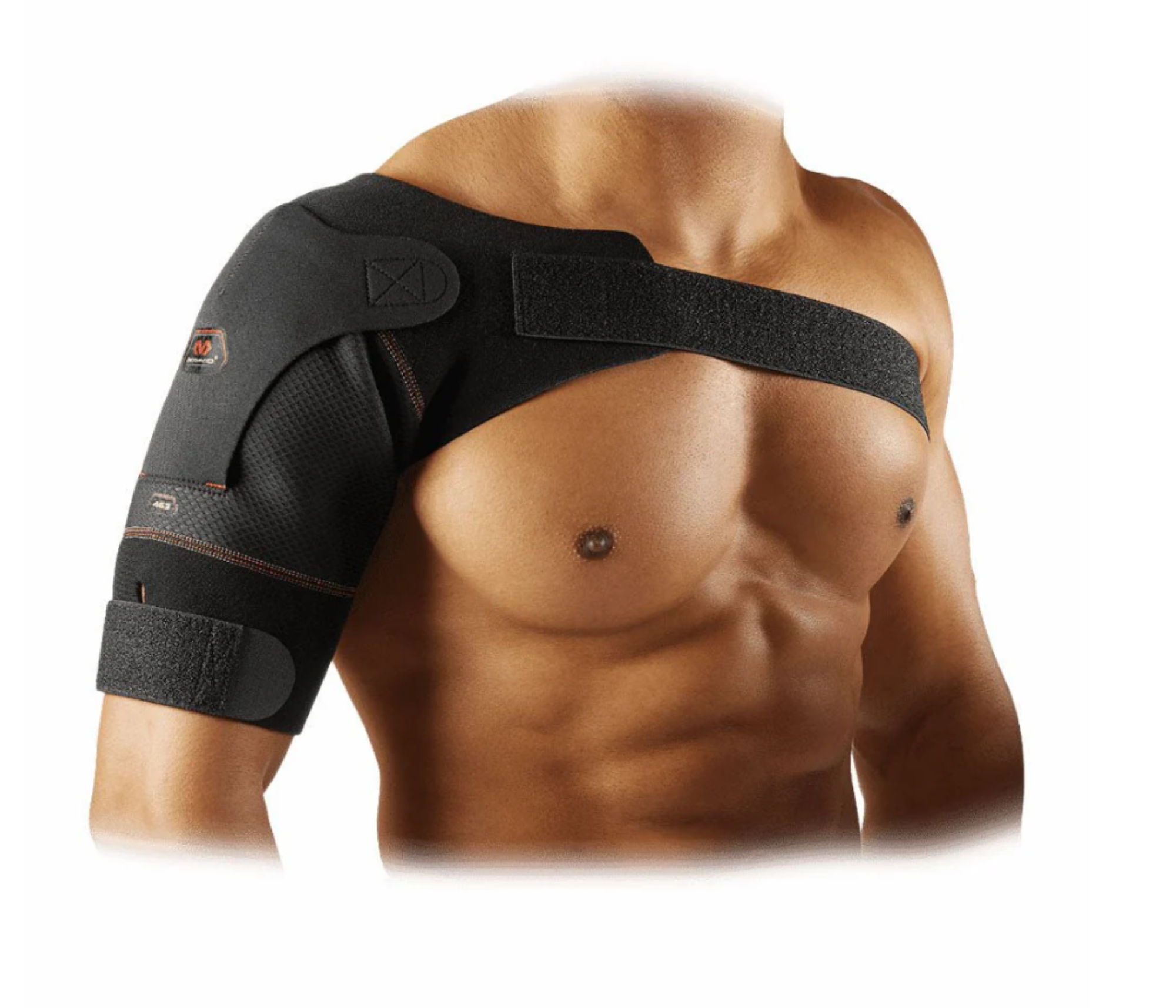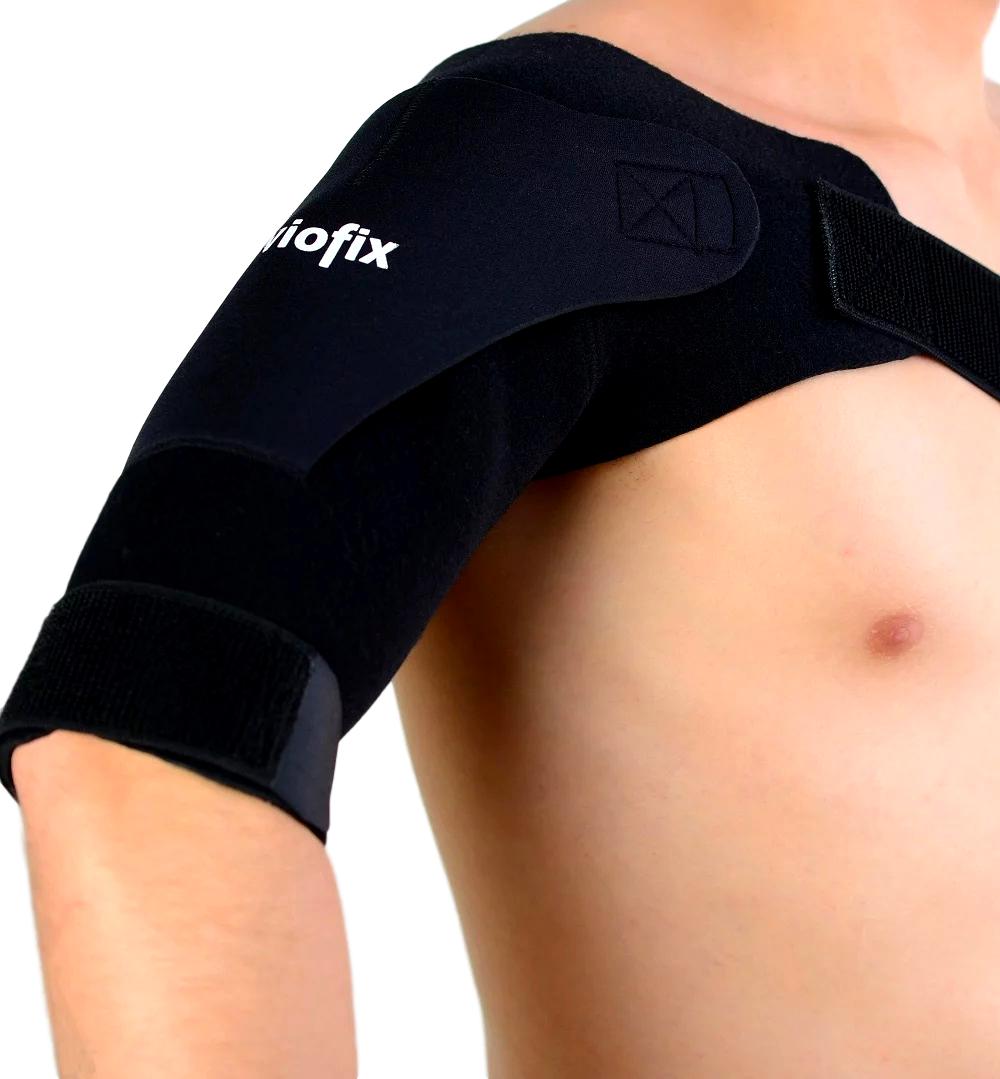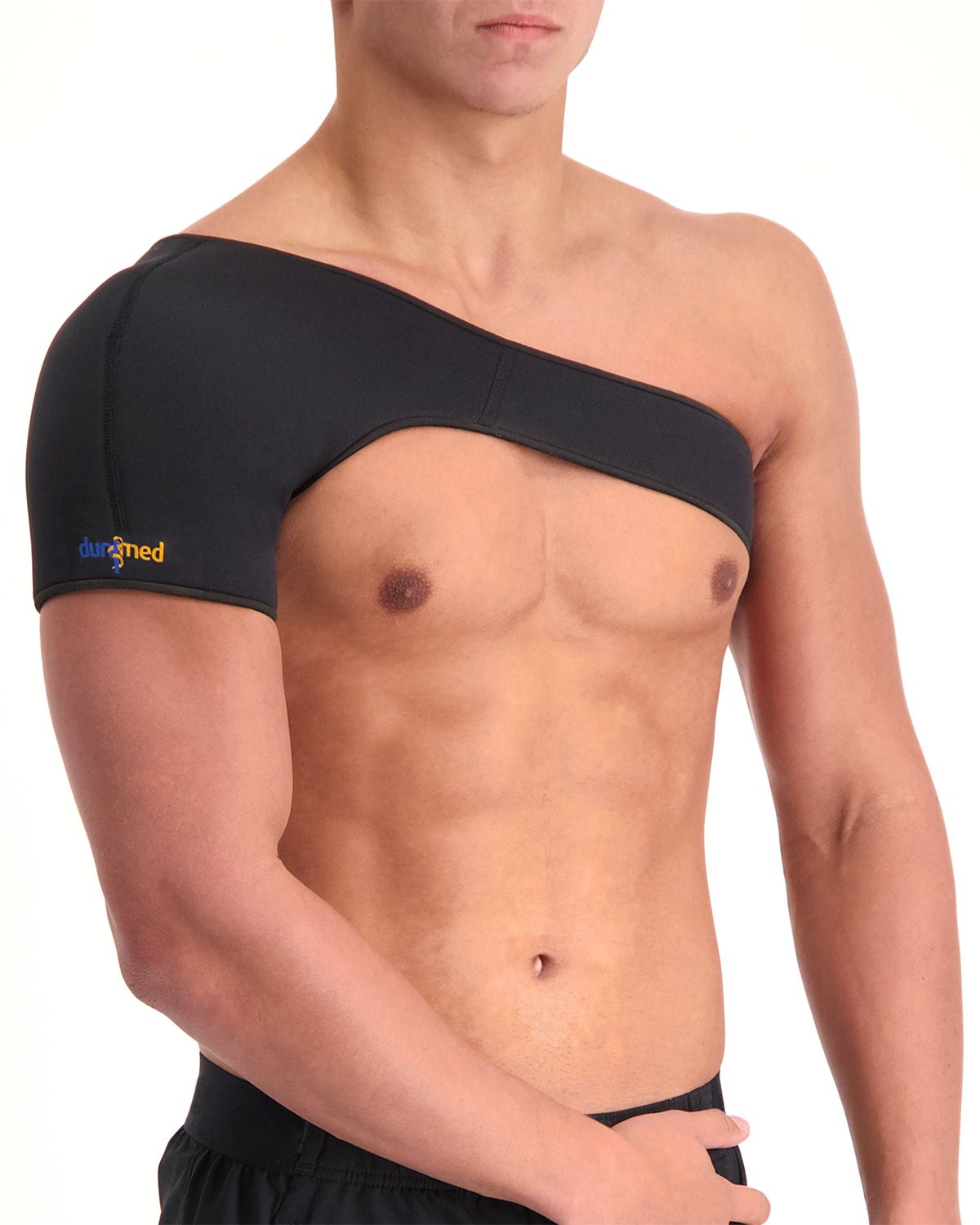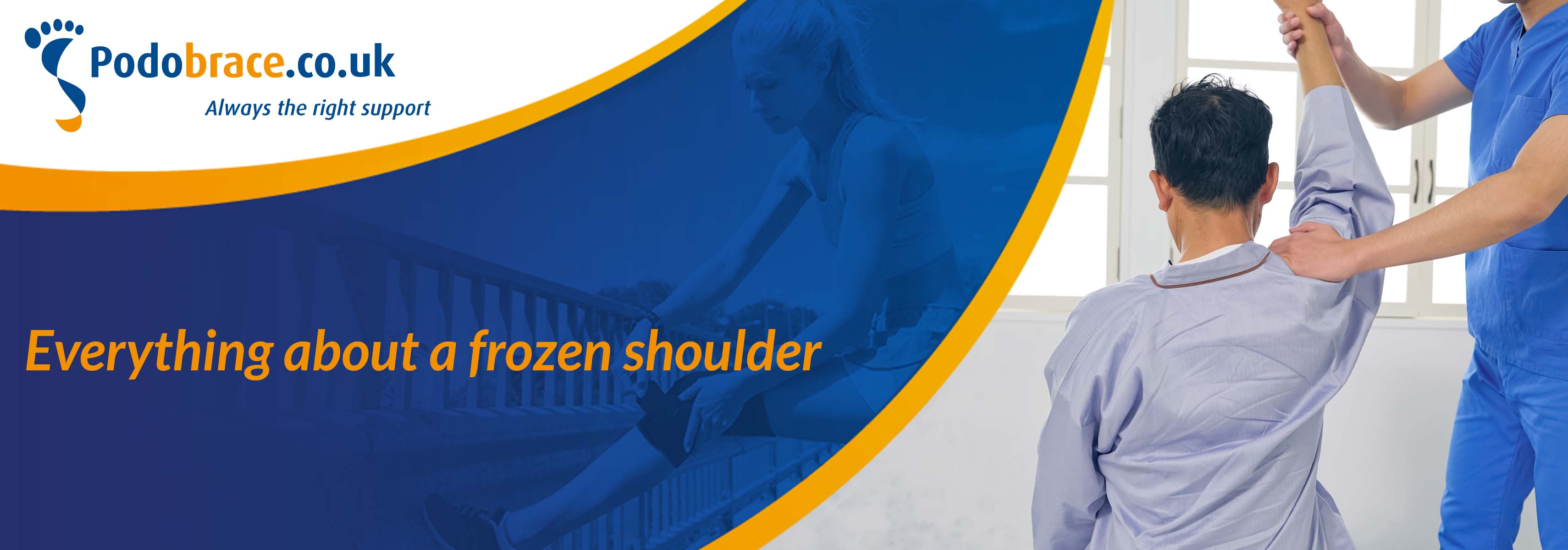A frozen shoulder is an annoying condition that can cause unpleasant symptoms. Are you curious to learn more, such as its causes, symptoms and treatment? In this blog, we would like to provide you with more information. Feel free to read on.
What is a frozen shoulder?
A frozen shoulder, also called a frozen or stiff shoulder or capsulitis adhaesiva, is a condition in which the joint capsule of the shoulder is thickened and shrivelled. This capsule is a thin layer of connective tissue that surrounds and supports the shoulder joint. When the joint capsule thickens and shrivels, movement of the shoulder is restricted. It occurs in about 2% of the population, in people aged between 40 and 60 and more often in women than men.

What causes a frozen shoulder?
The exact cause of a frozen shoulder is often difficult to determine. However, there are a number of factors that increase the risk of developing it. We list them for you below:
- Parkinson's disease and thyroid disorders
- Treatments that fight breast cancer, such as radiotherapy and armpit surgery.
- Diabetes
- Certain cardiovascular diseases, such as a brain haemorrhage or heart attack
A frozen shoulder can also occur after a bone fracture, surgery or after an injury to the shoulder. Or when the shoulder cannot be used normally, for example after a fracture in the arm which causes your arm to be in a sling. Because this means there is little movement in your shoulder, a frozen shoulder can easily occur.
What are the symptoms of a frozen shoulder?
There are several symptoms with a frozen shoulder. Pain is the most common one. But problems with movement are also very common. This is also where the name frozen shoulder comes from. Your shoulder feels frozen, so to speak. This severely limits your range of motion. The pain that occurs can be divided into three different phases:
- Phase 1, also called the 'stiffening phase'. In this phase, the pain is detected and the pain and stiffness also increases. Due to this increase, mobility also decreases. You experience severe pains, especially at night. This first phase can last from six weeks to nine months.
- Phase 2, also called the 'frozen phase'. During this phase, the shoulder is very stiff. The pain may ease slightly during this phase, but movements are very limited. This phase can last from four to nine months.
- Phase 3, is also called the 'thawing phase'. The stiffness in the shoulder lessens and the pain also decreases more and more. As a result, range of motion slowly increases again. This phase lasts from five months to two years.

How is frozen shoulder diagnosed?
Diagnosing a frozen shoulder seems simple at first glance, yet it is common for the diagnosis to be missed. This is because the symptoms of a frozen shoulder are initially very similar to those of bursitis or tendinitis. It is therefore recommended to have an ultrasound and X-ray of the shoulder in addition to a physical examination. This way, the correct diagnosis can be made with certainty.
Treatment of a frozen shoulder
If you have been diagnosed with a frozen shoulder, several treatment methods are possible. They can be divided into non-operative (conservative) treatment and surgical treatment. We will give you more information on the different treatments below.
Conservative treatment
This treatment is used more often than surgical treatment. When this method of treatment does not help sufficiently, surgery is chosen. When you are still in the early stages of frozen shoulder, it is important that you move your arm and shoulder carefully and certainly do not exceed your pain threshold. You can combat the pain by taking paracetamol and anti-inflammatory painkillers. These can be taken orally, but sometimes it is necessary to have an injection of an anti-inflammatory. If you are in stages 2 and 3 then physiotherapy can be started. Wearing a shoulder brace can also give you the right support and stability.
Surgical treatment
Surgical treatment is rarely chosen. This only happens when the stiffness in the shoulder still does not improve after one and a half to two years. If this is the case, the capsule will be loosened during keyhole surgery. This procedure is called an arthroscopic release.
Need additional information?
Do you still have questions about frozen shoulder or its treatment after reading this article? On our frozen shoulder complaints page, we have listed all the information again. You can also contact our customer service team for further questions. Our team consists of enthusiastic, knowledgeable staff who will be happy to answer all your questions. Do not hesitate to contact them, they will be happy to help you further!


McDavid 463 Lightweight Shoulder Support

Viofix Lightweight Shoulder Support

Dunimed Shoulder Support




